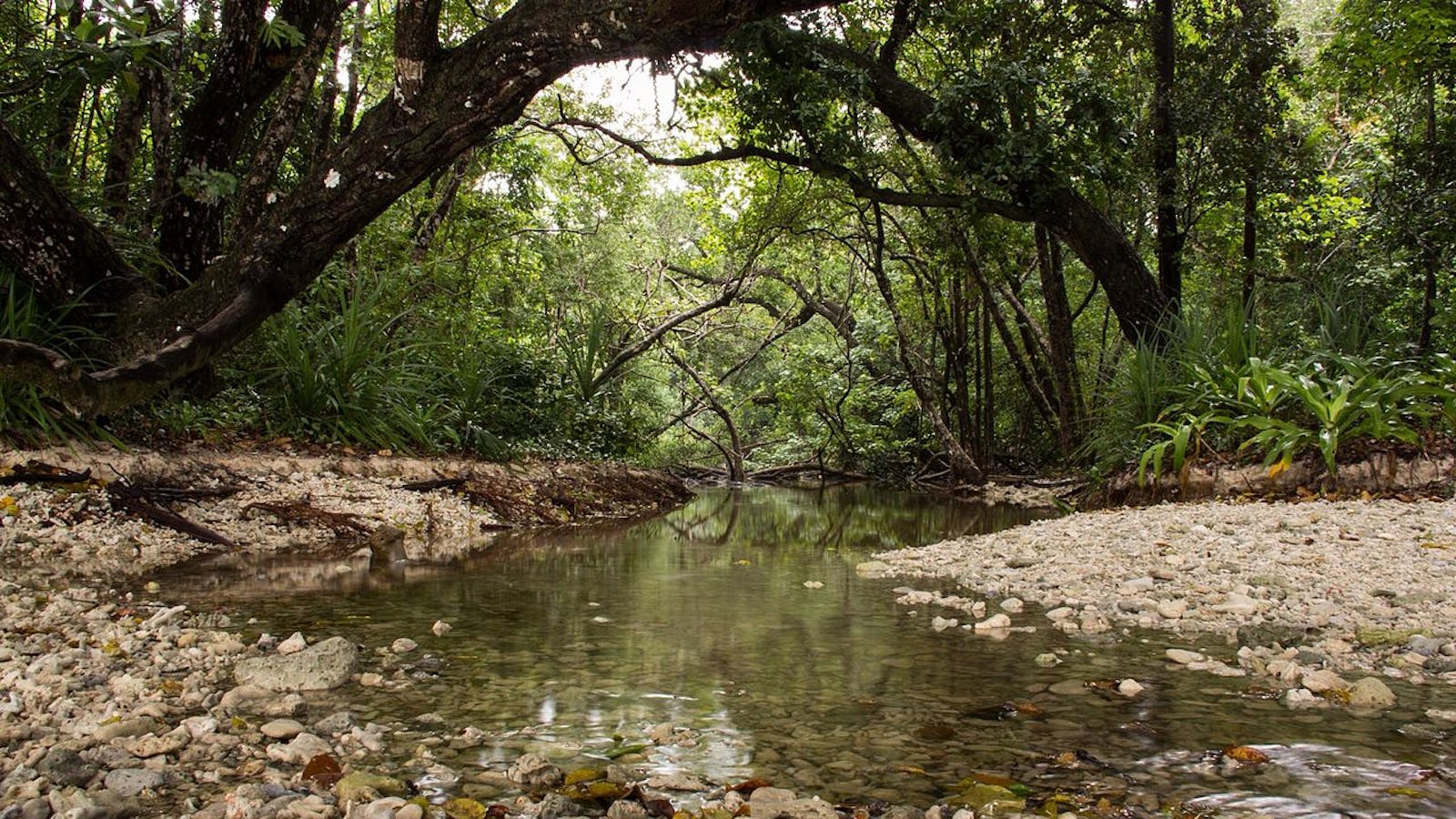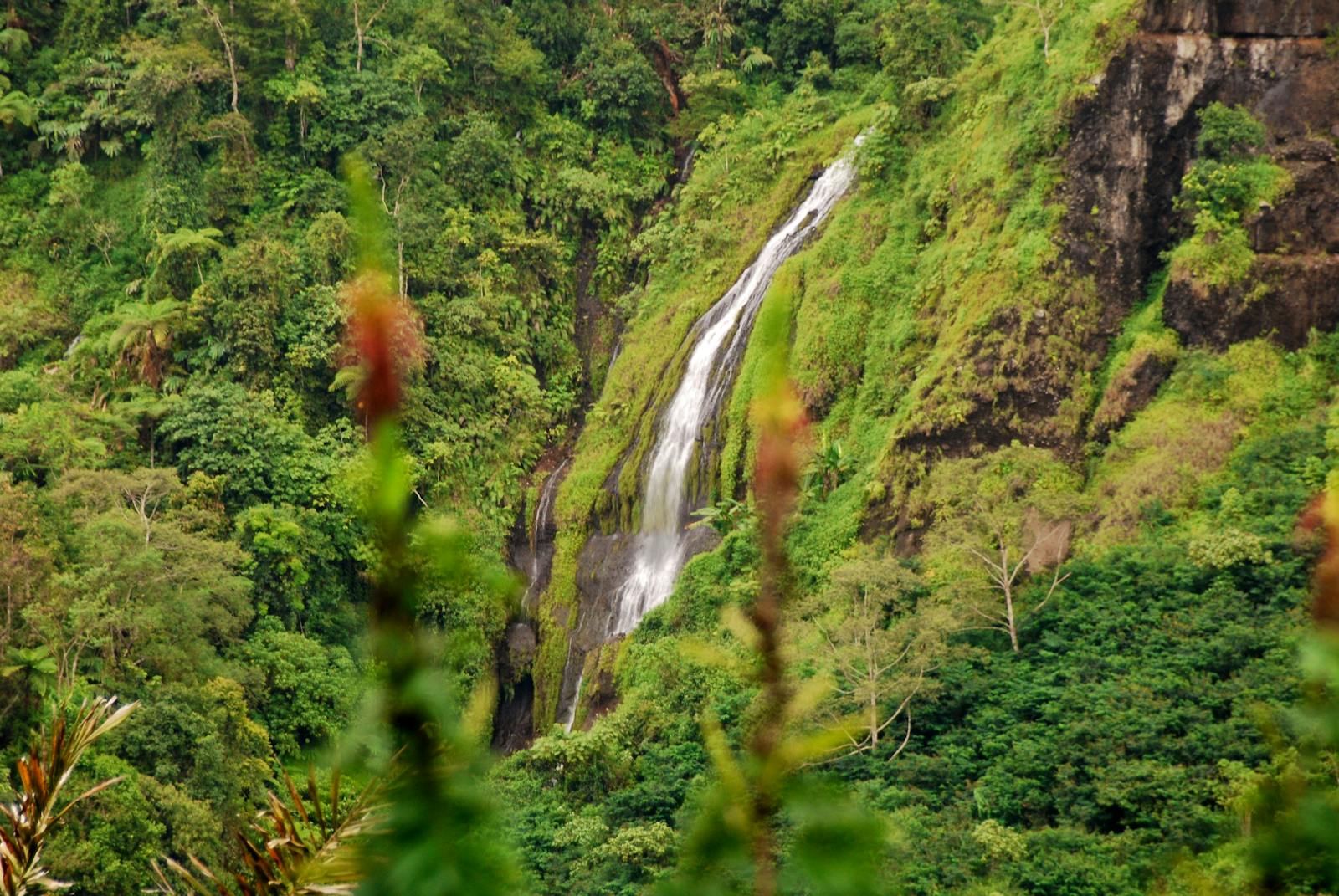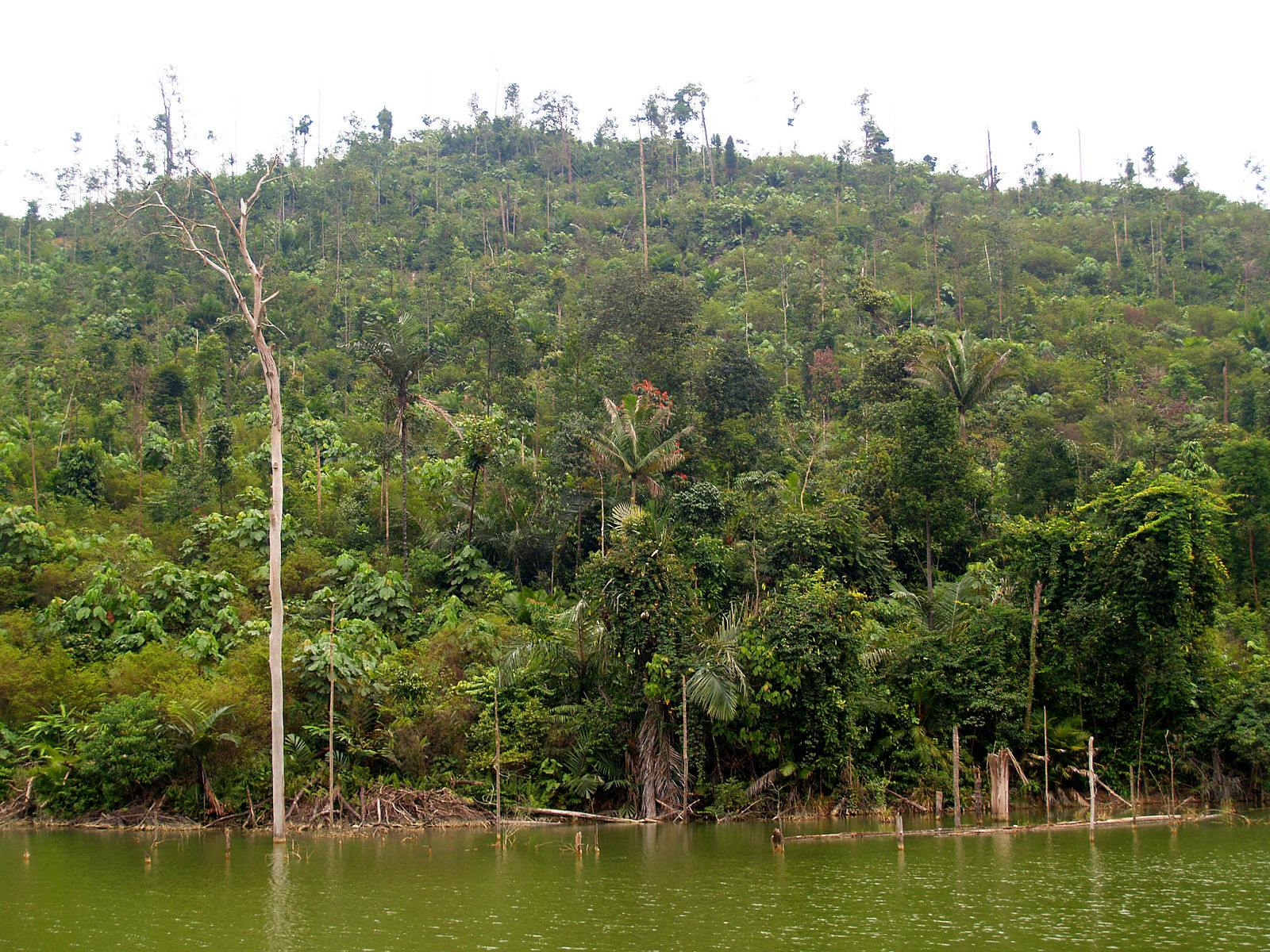Western Java Rainforests
The ecoregion’s land area is provided in units of 1,000 hectares. The conservation target is the Global Safety Net (GSN1) area for the given ecoregion. The protection level indicates the percentage of the GSN goal that is currently protected on a scale of 0-10. N/A means data is not available at this time.
Bioregion: Javan-Bali Tropical Rainforests (IM17)
Realm: Indomalaya
Ecoregion Size (1000 ha):
4,175
Ecoregion ID:
289
Conservation Target:
25%
Protection Level:
1
States: Indonesia
The Ujung Kulon peninsula juts out like a wart from the western-most coastal area of the island of Java. This tenuously attached, small land area is the last refuge for one of the world’s rarest and most endangered large mammals, the Javan rhinoceros, which once occupied a vast area from Indonesia to northeast India. An estimated 58 to 68 animals are all that is now left, confined to this spit of land, declared a protected area but highly vulnerable to earthquakes, volcanic activity, tsunamis, sea level rise from climate change, and, of course, poachers.
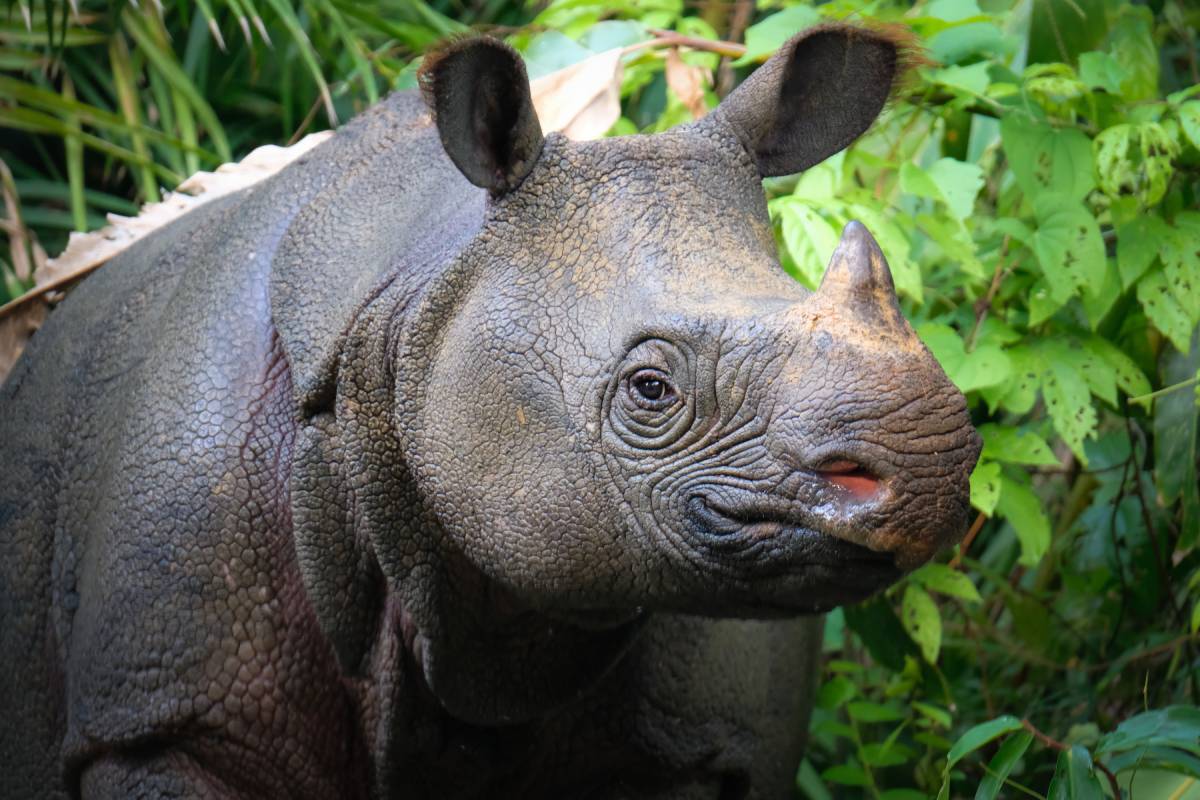
The flagship species of the Western Java Rainforests ecoregion is the Javan rhinoceros.
The Western Java Rainforests ecoregion represents the lowland rainforests of western and central Java, an Indonesian island along the famous Ring of Fire that defines the seismically active border of the northward-drifting Pacific Plate. Java is believed to have formed during the Miocene period, over 26 million years ago, when volcanos erupted, rose, and eventually coalesced to create the island. These volcanos now dominate the topography of the island, and some are still active.
The island’s climate is tropical and defined by two seasons. The October to April wet season brings between 2,100 and 4,000 mm of rain, depending on the location and rain shadows cast by the mountains. A dry season lasts from May to September. The average temperature is about 29°C, and humidity is at 75%.
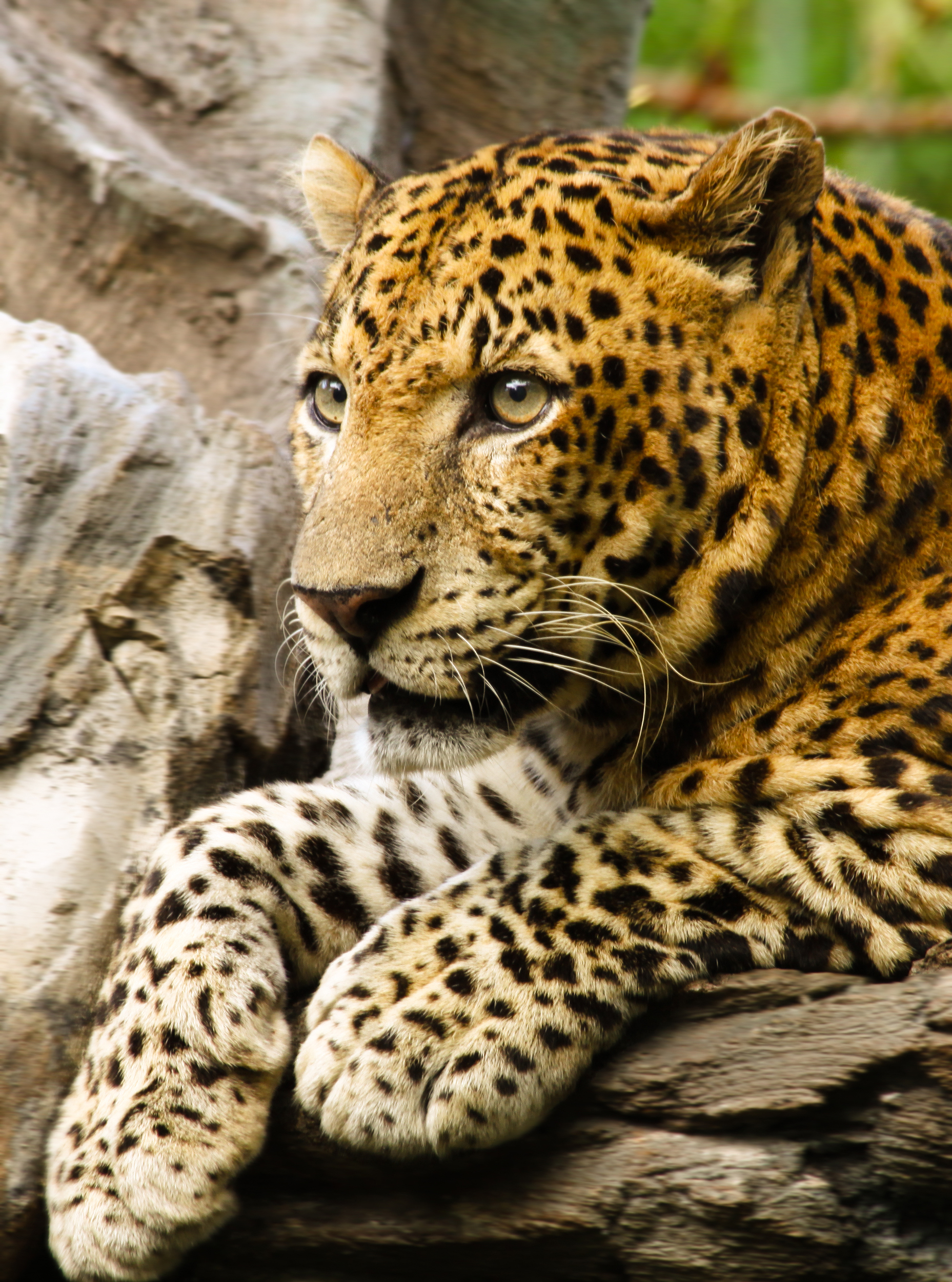
Javan leopard. Image credit: Creative Commons
Most of the ecoregion’s forests are evergreen rainforest. But depending on rainfall patterns the forest types also include semi-evergreen rainforest and moist deciduous forests and dry deciduous forests, especially along the drier northern areas. Unlike in other Asian forests, which are dominated by species of Dipterocarpaceae, no single tree family dominates the forests of Java.
The more abundant trees of the evergreen rainforests are Artocarpus elasticus, Dysoxylum caulostachyum, Lansium domesticum, and Planchonia valida. The semi-evergreen rainforests are characterized by Kleinhovia hospita, Garuga floribunda, Pterospermum diversifolium, and P. acerifolium. The deciduous forests also include Borassus and Corypha palms.
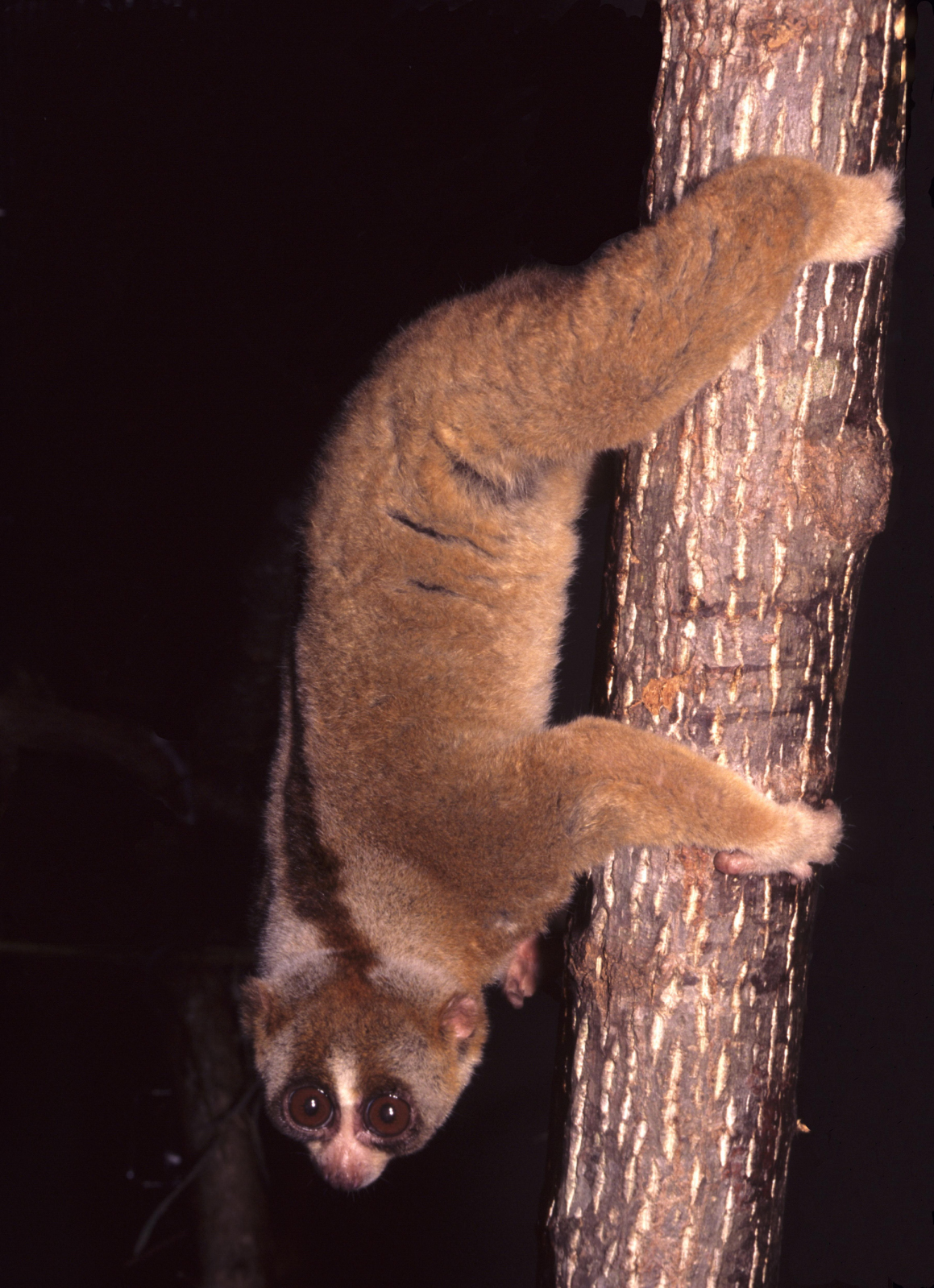
Slow loris. Image credit: David Haring, Creative Commons
Over 100 species of mammals have been recorded from this ecoregion. Many are now in danger of extirpation due the combined forces of extensive habitat loss and hunting. Primates such as the Javan lutung, Javan grizzled langur, and Javan gibbon require forest canopy connectivity to persist. Even species such as the Javan slow loris that can survive in secondary forests requires canopy connectivity, and is now critically endangered.
The Javan leopard is in danger of being extirpated from the lowland forests, like the Javan tiger that became extinct in 1976. Other species of conservation importance include the fishing cat, Asiatic wild dog, Javan warty pig, and banteng, a wild progenitor of cattle. All are patchily distributed through the island, and their populations are being increasingly isolated.
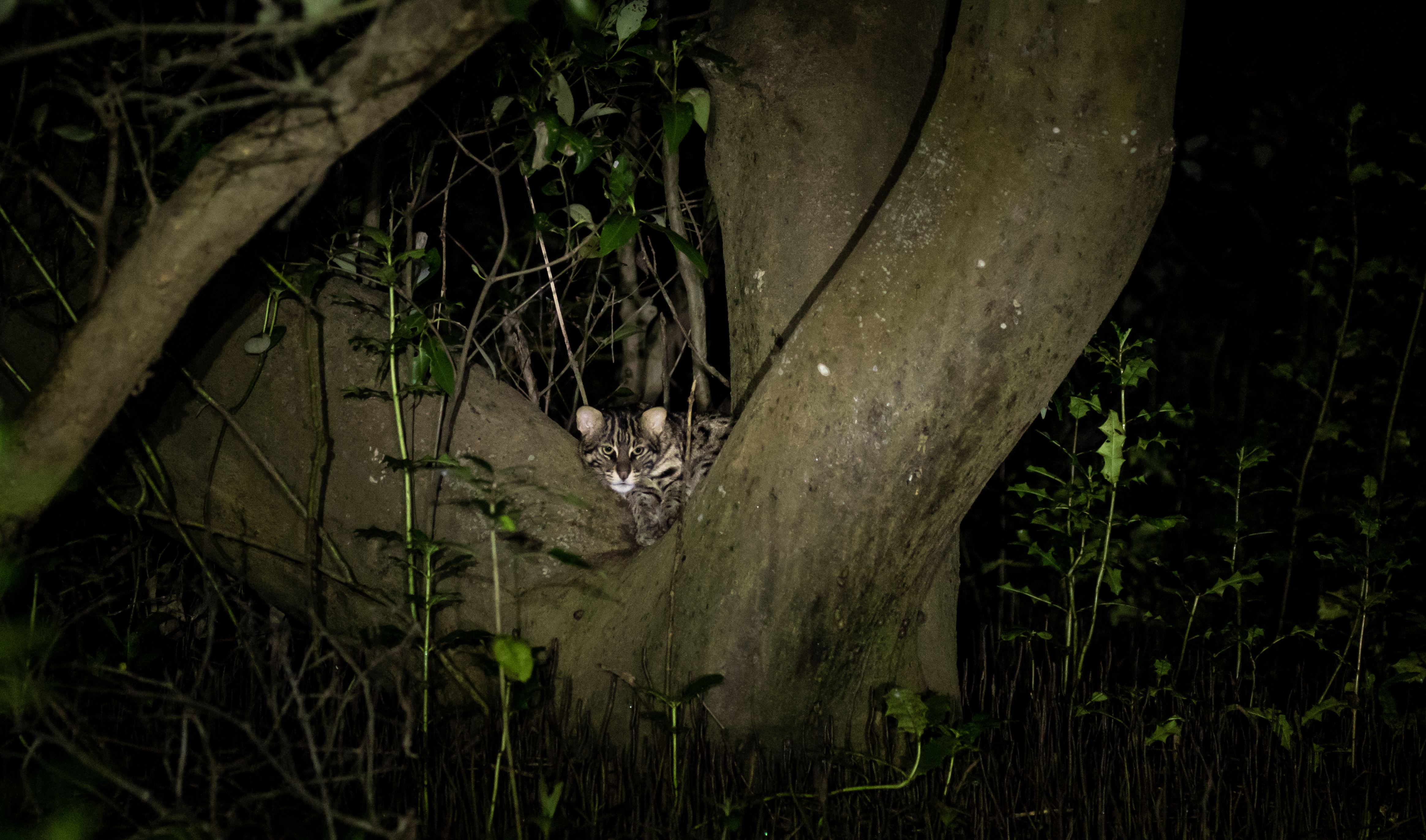
Fishing cat. Image credit: Srichakra Pranav, Creative Commons
More than 350 bird species are known from the ecoregion, including nine endemic species, of which the Javanese lapwing and black-winged mynah are critically endangered due to habitat loss. The latter species is now down to about 20 known individuals in a single location along the northwestern coast of Java, and is unlikely to recover.
Java is one of the most densely populated islands in the world, and almost all the natural forests of this ecoregion has been converted for human use. Only about 2% is protected, but these reserves are small and isolated. Farming and logging even within protected areas is common. Poaching is still rampant.
Thus, the recommended priority conservation actions are to: 1) revoke concessions for timber and plantations in areas of high biodiversity, and institute a moratorium on concessions until a conservation strategic plan is developed; 2) initiate a major public awareness campaign on forest values and forest loss to garner political will for conservation; and 3) stop the poaching of threatened wildlife.
Citations
1. Darajati, W., Pratiwi, S., Herwinda, E., Radiansyah, A.D., Nalang, V.S., Nooryanto, B., Rahajoe, J.S., Ubaidillah, R., Maryanto, I., Kurniawan, R. and Prasetyo, T.A., 2016. Indonesian Biodiversity Strategy and Action Plan (IBSAP) 2015-2020. Kementerian Perencanaan Pembangunan Nasional (BAPPENAS).
2. Whitten, T., Soeriaatmadja, R.E. and Afiff, S.A., 1996. Ecology of Java & Bali (Vol. 2). Oxford University Press.
3. Wikramanayake, E, E. Dinerstein, et al. 2002. Terrestrial Ecoregions of the Indo-Pacific: A Conservation Assessment. Island Press.
